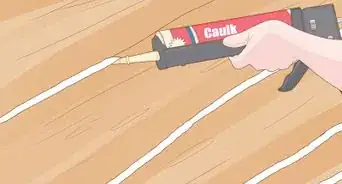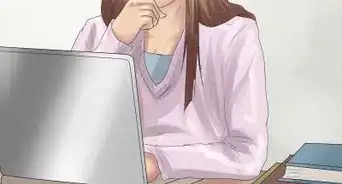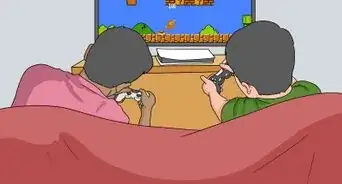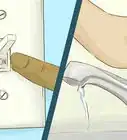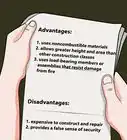This article was co-authored by Agustin Renoj. Agustin Renoj is a Home Improvement Specialist with Renoj Handyman based in the San Francisco Bay Area. With over 18 years of construction experience, Agustin specializes in carpentry, painting, and exterior, interior, kitchen, and bathroom renovations. Renoj Handyman is a family-owned business that consists of craftsmen trained in all areas of construction.
There are 12 references cited in this article, which can be found at the bottom of the page.
This article has been viewed 23,507 times.
The tiny house movement is popular in many parts of the world, and appeals to people looking to downsize their lives and reduce their footprint. Building your very own tiny house is a great project to personalize your home to your exact tastes. However, this is a big job, so you’re probably wondering how to get started. Luckily, we’re here to help! Read on to find answers to your most common questions about building a tiny house.
Steps
Are there ways to make building a tiny house easier?
-
1Yes, you could use a pre-made house shell. These shells give you the building exterior, so you’d just have to take care of the interior. If you’re not on board for a big construction project like building a whole house, then this option lets you exercise some creativity with a lot less work.[8]
- Note that these shells can be expensive, ranging from $17,000 to $37,000. This will definitely add to your budget.
-
2You could also convert a small shed or garage into a tiny house. These small buildings can work great as tiny houses. You’ll already have the exterior and foundation, so you’d just have to gut and rebuild the inside. This makes the job faster and easier.[9]
- If you are converting an old building into a tiny house, have a contractor inspect it first to make sure it’s structurally sound.
Are there any laws I have to follow while building my house?
-
1The main regulations are whether your house is mobile or fixed. Tiny houses on wheels are usually classed as RVs, so you’ll have to register it as such in your state. You’ll also have to park it at a designated RV park or campground. Tiny houses fixed in place and built on a foundation is considered a dwelling. This means you’ll need property to put it on and follow building codes.[19]
- Some states don’t allow tiny houses to be the only dwelling on a property. This means you’d have to build it on someone else’s property with another house or add it to your own property as a guest house or cottage.
-
2You’ll also need construction permits in most places. This is especially important if your tiny house is on a foundation, meaning it will be classed as a dwelling or building. These laws all vary from place to place, so the best thing to do is check with your local zoning board to see which permits, if any, you’ll need to build your house.[20]
- Remember that construction permits cost money, so add them to your budget if you need them.
Community Q&A
-
QuestionHow do I add a bathroom?
 Fizzy HacksCommunity AnswerYou need to decide whether you want it to be a whole little room of its own or just a cupboard-style loo with tiny shower. Keep it at one end of the tiny house and make sure it's well ventilated. Keep in mind weight if you're adding a bathtub.
Fizzy HacksCommunity AnswerYou need to decide whether you want it to be a whole little room of its own or just a cupboard-style loo with tiny shower. Keep it at one end of the tiny house and make sure it's well ventilated. Keep in mind weight if you're adding a bathtub.
Warnings
- Tiny houses are usually not eligible for mortgages. If you need financing to build your house, you'll probably need a construction loan instead.⧼thumbs_response⧽
- Always have a professional inspect your house when you're done with it to make sure it's structurally sound.⧼thumbs_response⧽
References
- ↑ https://travelwellmagazine.com/2016/09/12-tiny-house-pros-and-cons/
- ↑ https://www.businessinsider.com/how-much-does-tiny-house-cost-worth-it-2019-2
- ↑ https://www.rd.com/list/costs-owning-tiny-home/
- ↑ https://www.businessinsider.com/cost-to-buy-a-house-in-every-state-ranked-2018-8
- ↑ https://www.businessinsider.com/how-much-does-tiny-house-cost-worth-it-2019-2
- ↑ https://www.rd.com/list/costs-owning-tiny-home/
- ↑ https://www.thetinyhouse.net/should-you-build-your-tiny-house-yourself/
- ↑ https://www.businessinsider.com/how-much-does-tiny-house-cost-worth-it-2019-2
- ↑ https://www.thetinyhouse.net/tiny-house-shed/
- ↑ https://www.tinysociety.co/articles/best-choice-of-materials-to-build-your-tiny-house/
- ↑ https://homesteading.com/how-to-build-a-tiny-house/
- ↑ https://www.tinysociety.co/articles/tiny-house-laws-united-states/
- ↑ https://homesteading.com/how-to-build-a-tiny-house/
- ↑ https://homesteading.com/how-to-build-a-tiny-house/
- ↑ https://homesteading.com/how-to-build-a-tiny-house/
- ↑ https://www.thetinyhouse.net/tiny-house-plumbing/
- ↑ https://www.yesmagazine.org/environment/2014/04/10/how-to-live-off-the-grid-in-a-tiny-house/
- ↑ https://www.tinysociety.co/articles/tiny-house-laws-united-states/
- ↑ https://www.tinysociety.co/articles/tiny-house-laws-united-states/
- ↑ https://www.nolo.com/legal-encyclopedia/do-i-need-building-permit-construct-tiny-house-my-backyard.html
About This Article
Building a tiny home can save you a lot of money as a homeowner, but you’ll need to plan carefully so that your house fits your budget and meets all your needs. Before you start building, decide how much space you’ll need to store your essential belongings and fit the appliances and furniture you need. To do this, build an accurate scale model of the house or create one electronically using design software. Once you have a sense of what you want the house to be like, look at your finances to decide how much you can spend. Make an itemized budget that accounts for all the supplies and labor you’ll need. Make sure that you account for materials, such as lumber and drywall, as well as tools, such as saws, drills, and safety equipment. For tips on how to start constructing your tiny house, keep reading!
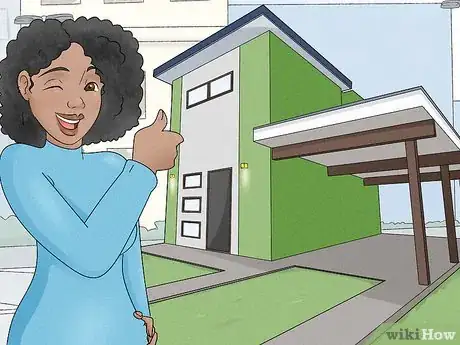
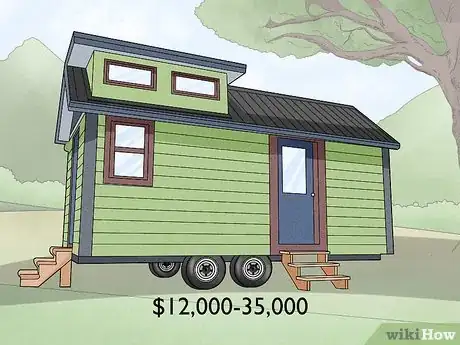
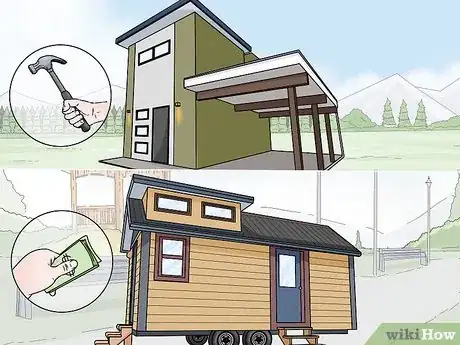

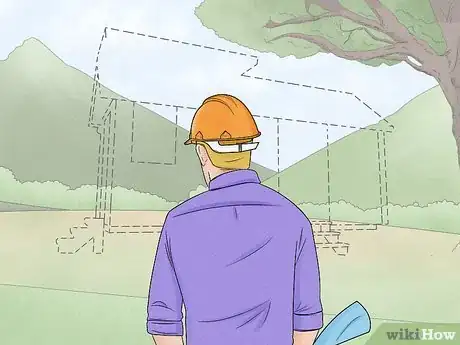
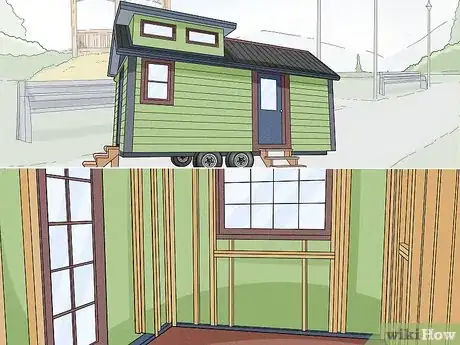

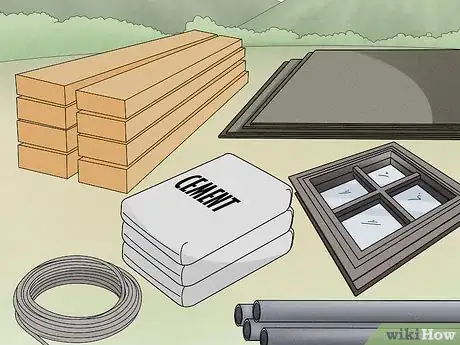
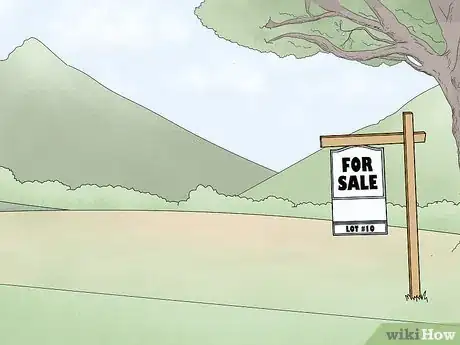


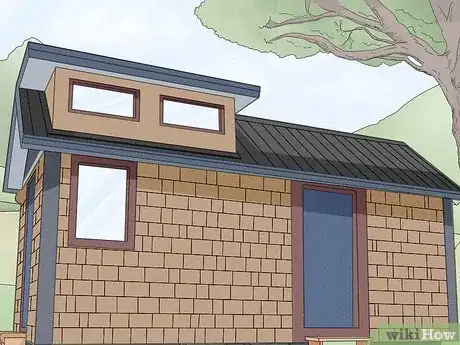
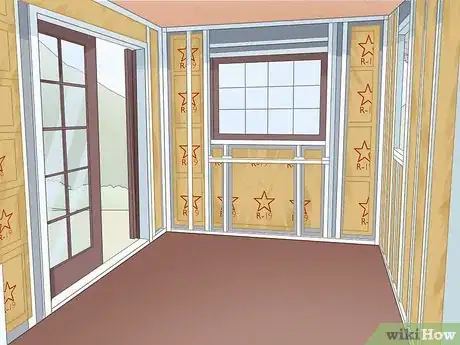
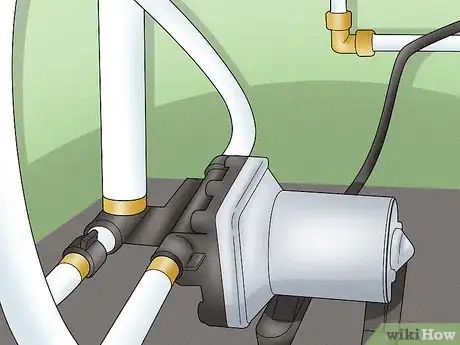


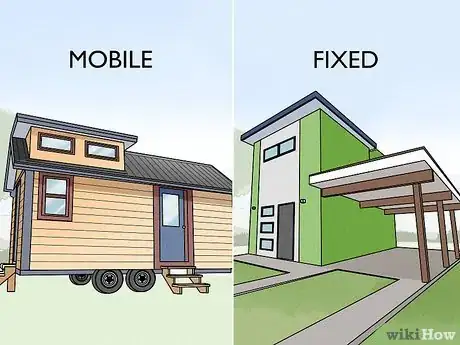

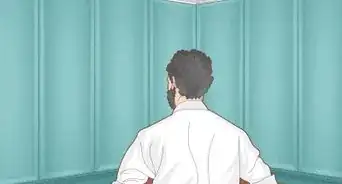



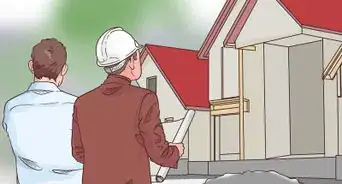
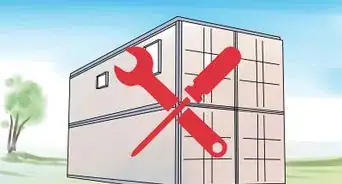
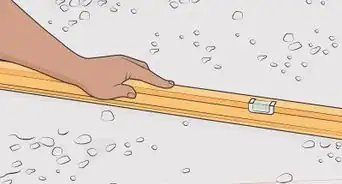
-Step-19-Version-2.webp)

